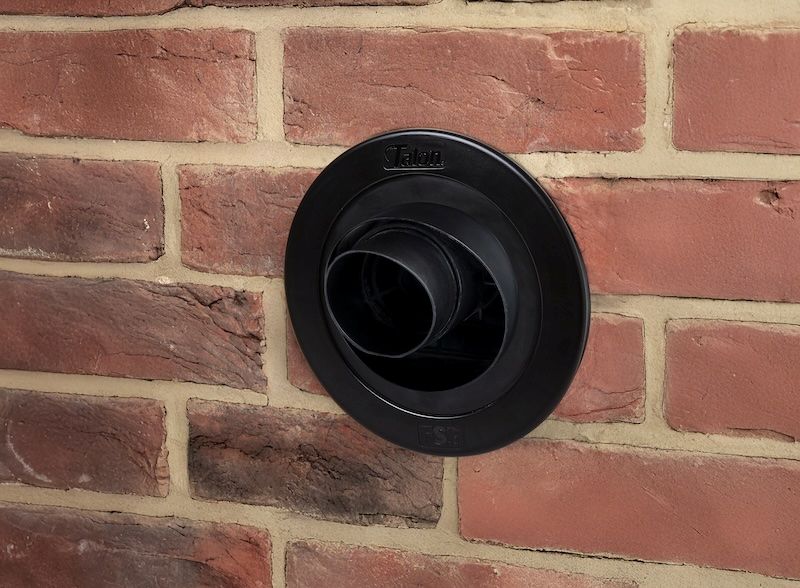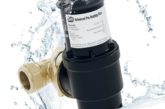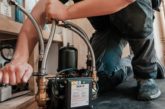
PHPI catches up with the latest product in the PipeSnug and FlueSnug range – the FS5.
Back in 2017, PHPI reported on the launch of PipeSnug, a pipe seal invented by PHPI reader Chris Burdett. Since then, the brand has gone from strength to strength and when Talon took on the product range it promised new products – and the company has now delivered, in the form of the FlueSnug 5” (FS5).
When retrofitting heating systems, a familiar set of challenges often present themselves: drilling new flue holes, sealing around pipework and compliance with Part L of the Building Regulations. It can be time-consuming and messy and older buildings in particular present difficulties, as they weren’t designed with today’s airtight, energy-efficient standards in mind.
Pipe seals
Gaps around pipe penetrations allow warm air to escape and cold air to filter in, forcing heating systems to work harder often presenting increased energy bills for homeowners. Installers have, in the main, relied on mortar, silicone or air-sealing tape to seal around flue pipes, but these traditional methods come with drawbacks. Plus, Part L now mandates the use of pipe seals and grommets to reduce air loss and improve insulation.
“One of the most frustrating aspects of retrofitting a boiler is getting the flue to align with the existing hole; if the new flue is even slightly off, it often means having to drill out a larger opening or use filler to compensate which means extra time, effort and cost. This is where the ‘FS5’ comes in,” explains Dean Heathfield, Commercial Director at Talon.
“Firstly, there is no more core drilling hassles as installers try to modify a hole – the FS5 is precisely sized to fit the existing flue opening, making flue replacements faster, neater and fully compliant with the latest building regulations. Installers can simply slot the FS5 into place and quickly secure the new flue without the need for mortar, sealant or patching, speeding up installations and reducing disruption for both the installer and the homeowner.”
Professional finish
Under the latest Part L regulations, all new boiler installations must have properly sealed pipe penetrations to prevent heat loss, achieved by using collars or grommets. Talon says fitting the FS5 means installers easily meet these regulations by providing a tight, durable seal around the flue, helping maintain the building’s energy performance while keeping installation times to a minimum.
“A clean, professional finish is a hallmark of quality workmanship, leaving a lasting impression on clients and ensuring a job well done,” continues Dean.
“Gaps, rough edges and visible patchwork can make even the best installation look untidy, which is why finding the right solution for sealing flues is essential. The FS5 helps installers achieve a clean, high-quality finish; there’s no need for core drilling or resizing holes, filling in gaps with mortar or sealant or touching up or repairing wall surfaces. Instead, the FS5 just leaves a neat, professional finish with no mess or waste.”
Boiler flues need regular inspections and servicing to ensure they are working safely. This is made simple with the FS5 as it can be removed and replaced without damaging the seal.













